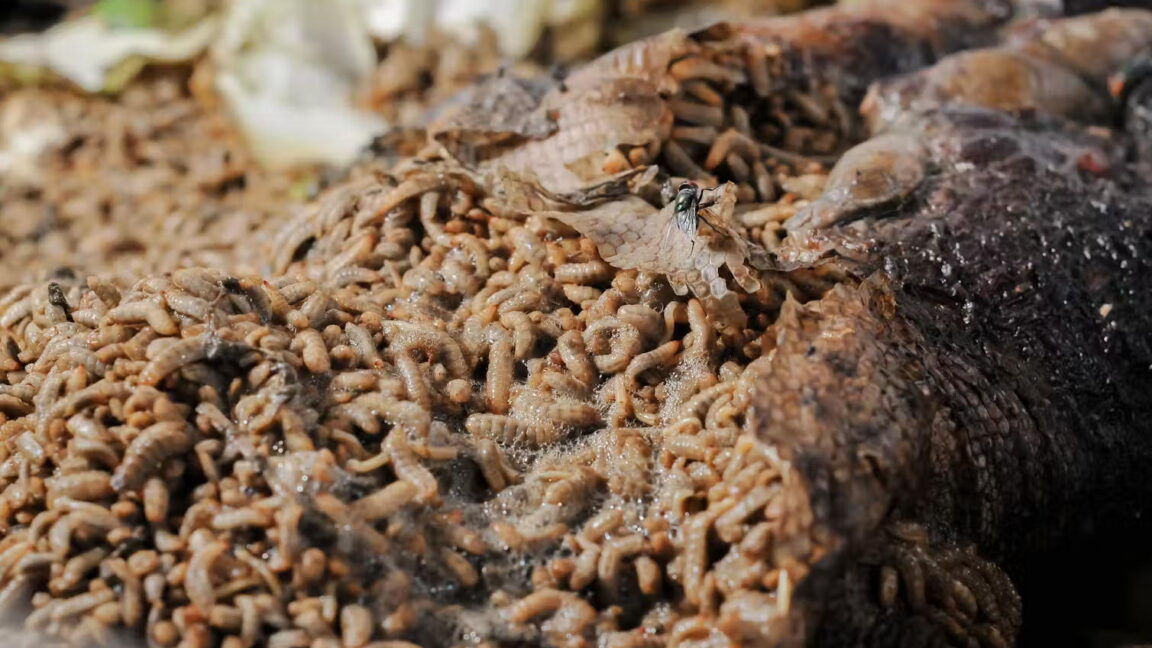
Fermented meat with a side of maggots: A new look at the Neanderthal diet
How did your country report this? Share your view in the comments.
Diverging Reports Breakdown
Fermented meat with a side of maggots: A new look at the Neanderthal diet
Scientists long thought that Neanderthals were avid meat eaters. New research suggests a secret ingredient in the Neanderthal diet that might explain what was going on: maggots. Meat-eating animals have the highest nitrogen ratio in a food web; the nitrogen-15 from their prey concentrates in their bodies. Grass, for example, has a very low nitrogen ratio; an herbivore accumulates the nitrogen that it consumes eating grass, so its own body has a slightly higher nitrogen value. The ratios of various elements in the bones of animals can provide insights into what they ate while alive.
It is possible for humans to subsist on a very carnivorous diet. In fact, many traditional northern hunter–gatherers such as the Inuit subsisted mostly on animal foods. But hominins simply cannot tolerate consuming the high levels of protein that large predators can. If humans eat as much protein as hypercarnivores do over long periods without consuming enough other nutrients, it can lead to protein poisoning—a debilitating, even lethal condition historically known as “rabbit starvation.”
So, what could explain the chemical signatures found in Neanderthal bones that seem to suggest they were healthily eating tons of meat?
I am an anthropologist who uses elements such as nitrogen to study the diets of our very ancient ancestors. New research my colleagues and I conducted suggests a secret ingredient in the Neanderthal diet that might explain what was going on: maggots.
Credit: GordZam/iStock via Getty A black soldier fly adult. The larvae of this fly are one of the species of maggots studied. A black soldier fly adult. The larvae of this fly are one of the species of maggots studied. Credit: GordZam/iStock via Getty
Isotope ratios reveal what an animal ate
The ratios of various elements in the bones of animals can provide insights into what they ate while alive. Isotopes are alternate forms of the same element that have slightly different masses. Nitrogen has two stable isotopes: nitrogen-14, the more abundant form, and nitrogen-15, the heavier, less common form. Scientists denote the ratio of nitrogen-15 to nitrogen-14 as δ¹⁵N and measure it in a unit called permil.
As you go higher up the food chain, organisms have relatively more of the isotope nitrogen-15. Grass, for example, has a very low δ¹⁵N value. An herbivore accumulates the nitrogen-15 that it consumes eating grass, so its own body has a slightly higher δ¹⁵N value. Meat-eating animals have the highest nitrogen ratio in a food web; the nitrogen-15 from their prey concentrates in their bodies.
